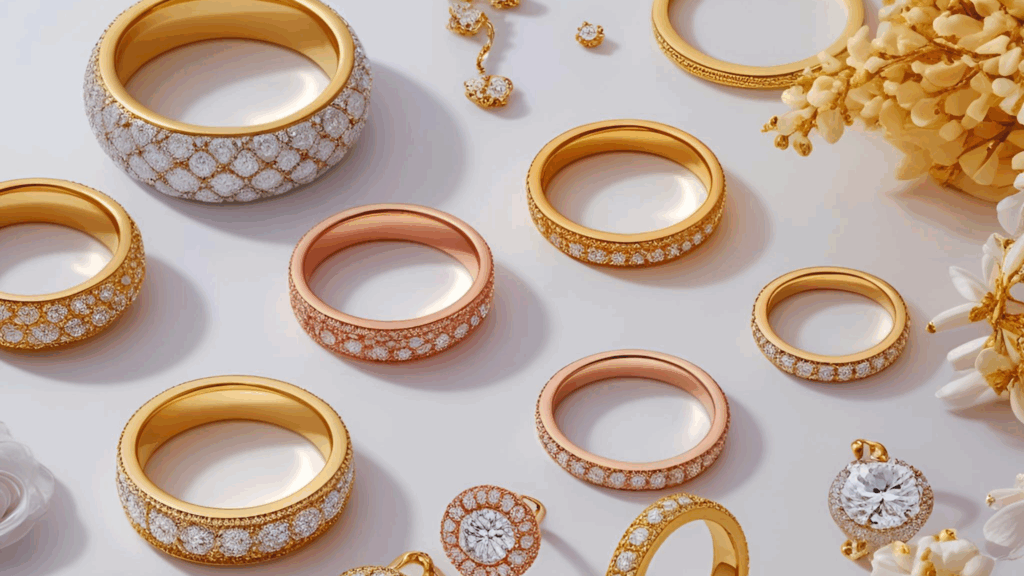
When you’re shopping for gold jewelry, you’ll notice it comes in a variety of colors beyond the traditional yellow. These different hues—white, rose, and yellow—are all real gold, but their unique appearances are due to the specific metal alloys they’re mixed with. Gold’s purity is measured in karats, where 24 karats signifies 100% pure gold.
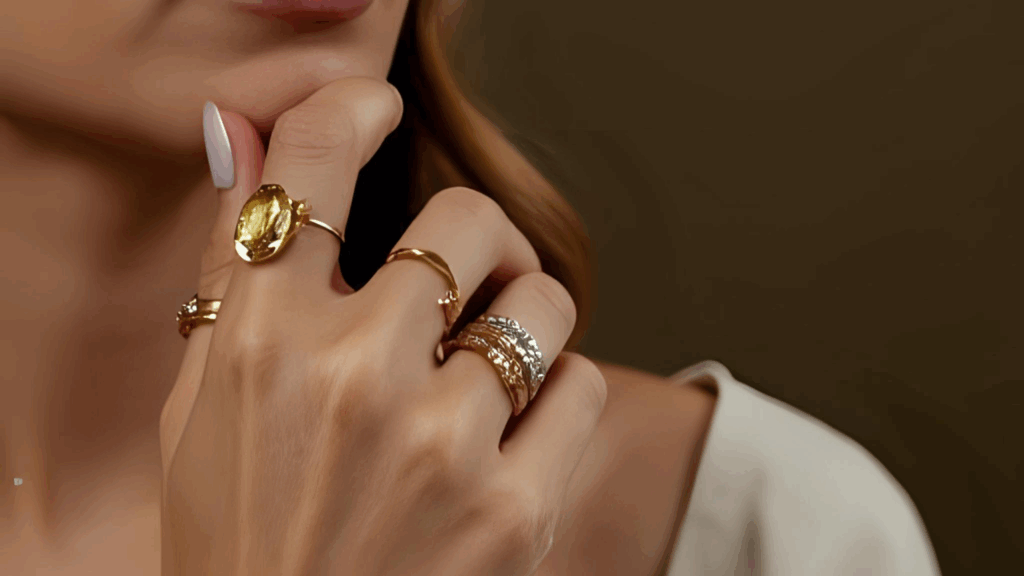
Yellow Gold
Yellow gold is the most classic and timeless option. It’s the natural color of gold itself. To make it more durable for jewelry, pure gold is mixed with metals like copper and silver. The higher the karat, the higher the gold content, and the richer the yellow color.
Purity: Commonly available in 14k, 18k, and 22k.
Pros: Hypoallergenic, easy to maintain, and a traditional choice.
Cons: Higher karats are softer and more prone to scratches.
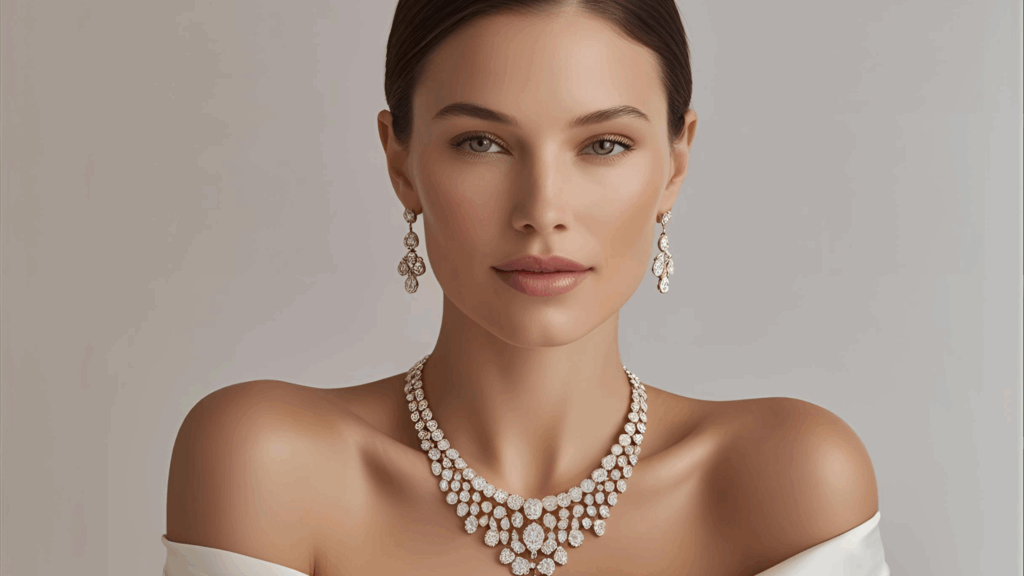
White Gold
White gold offers a modern, elegant look that is a popular alternative to platinum. It’s created by blending pure gold with white metals like palladium, nickel, or zinc. To enhance its whiteness and shine, white gold jewelry is typically coated in a thin layer of a metal called rhodium. This plating can wear off over time, which is why white gold often needs to be re-plated to maintain its bright white finish.
Purity: Most often found in 14k or 18k.
Pros: Durable, sleek appearance, and less expensive than platinum.
Cons: Requires re-plating every few years to maintain its color and can cause allergic reactions for those sensitive to nickel.
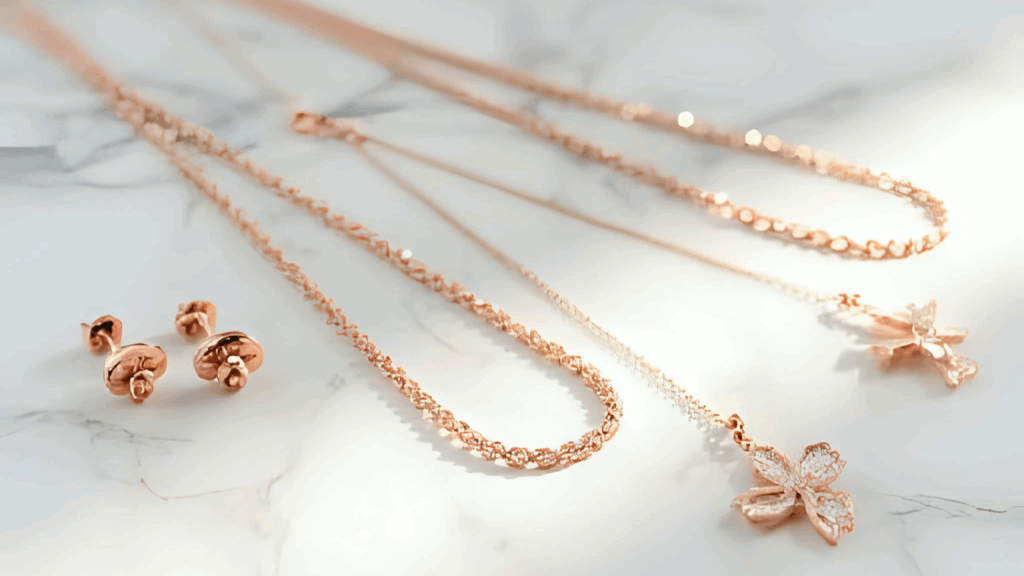
Rose Gold
Rose gold, also known as pink or red gold, has a warm, romantic hue. This color comes from mixing pure gold with a higher amount of copper. The more copper used, the redder the color. Because of its copper content, rose gold is often more durable than white or yellow gold.
Purity: Usually sold in 14k or 18k.
Pros: Unique and fashionable look, very durable due to its copper content.
Cons: Not hypoallergenic for people with a copper allergy, and the color may not suit all skin tones.
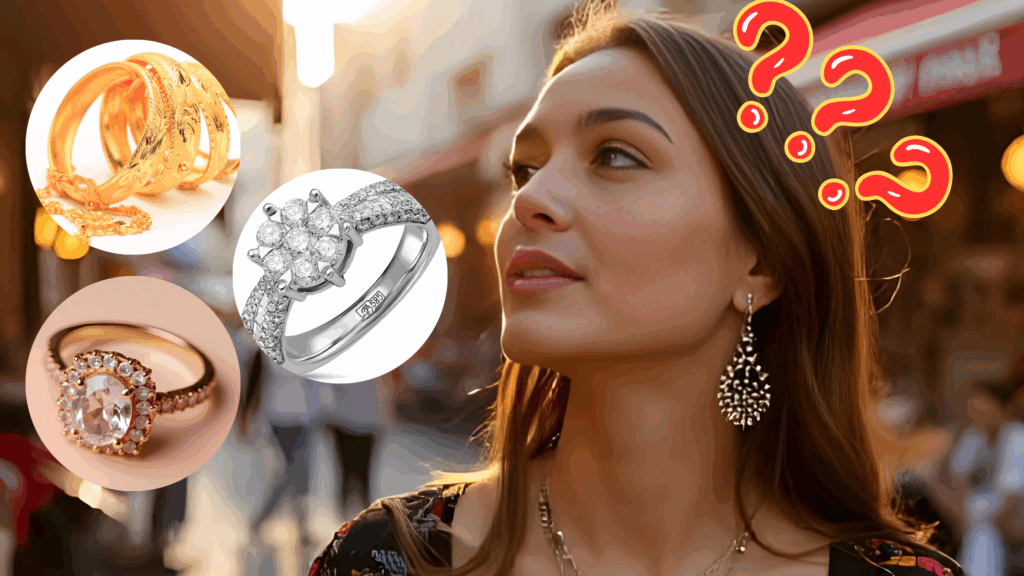
Choosing the Right Gold
When deciding which type of gold is right for you, consider a few factors:
Style: Consider if you prefer a classic, modern, or romantic aesthetic.
Durability: For daily wear, a more durable option like rose gold or 14k gold might be best.
Budget: While prices vary, 14k gold is generally more affordable than 18k gold.
Allergies: If you have sensitive skin, yellow gold is the most hypoallergenic choice.
No matter which color you choose, understanding the differences between white, rose, and yellow gold will help you select a piece of jewelry that you’ll love for years to come.
Whether you’re looking to invest in a new piece or sell your old jewelry, our experts at RT Kataoka are here to help. Contact us today for a free appraisal and discover the value of your gold.